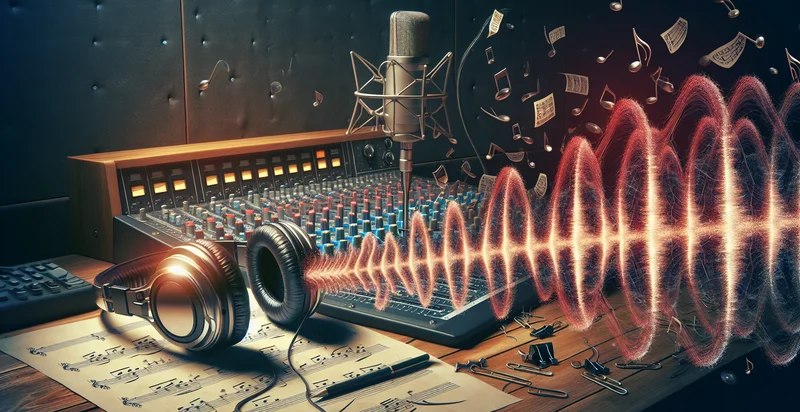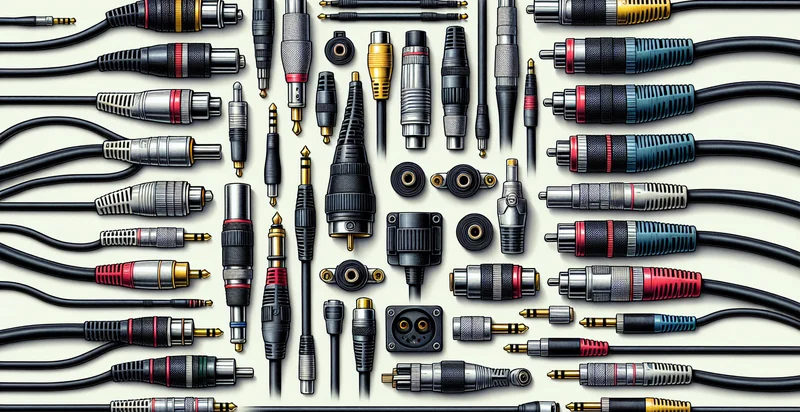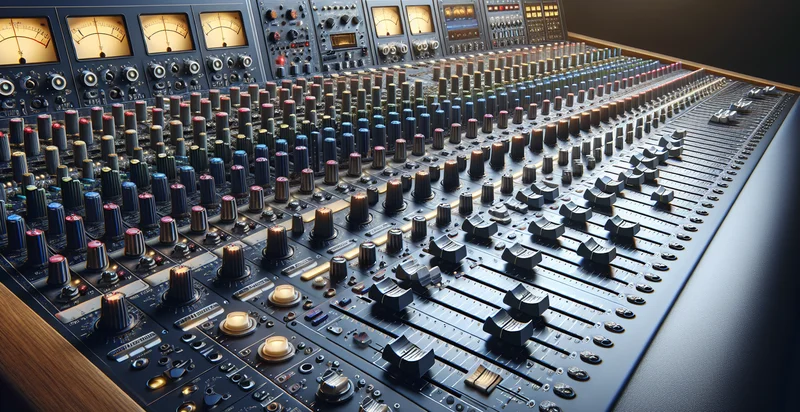Identify audio clarity level
using AI
Below is a free classifier to identify audio clarity level. Just input your text, and our AI will predict the level of audio clarity in your recordings - in just seconds.

Contact us for API access
Or, use Nyckel to build highly-accurate custom classifiers in just minutes. No PhD required.
Get started
import nyckel
credentials = nyckel.Credentials("YOUR_CLIENT_ID", "YOUR_CLIENT_SECRET")
nyckel.invoke("audio-clarity-level", "your_text_here", credentials)
fetch('https://www.nyckel.com/v1/functions/audio-clarity-level/invoke', {
method: 'POST',
headers: {
'Authorization': 'Bearer ' + 'YOUR_BEARER_TOKEN',
'Content-Type': 'application/json',
},
body: JSON.stringify(
{"data": "your_text_here"}
)
})
.then(response => response.json())
.then(data => console.log(data));
curl -X POST \
-H "Content-Type: application/json" \
-H "Authorization: Bearer YOUR_BEARER_TOKEN" \
-d '{"data": "your_text_here"}' \
https://www.nyckel.com/v1/functions/audio-clarity-level/invoke
How this classifier works
To start, input the text that you'd like analyzed. Our AI tool will then predict the level of audio clarity in your recordings.
This pretrained text model uses a Nyckel-created dataset and has 21 labels, including Artificial, Breathy, Clear, Coarse, Crystal Clear, Deep, Distorted, Echoey, Flat and Flat Sounding.
We'll also show a confidence score (the higher the number, the more confident the AI model is around the level of audio clarity in your recordings).
Whether you're just curious or building audio clarity level detection into your application, we hope our classifier proves helpful.
Related Classifiers
Need to identify audio clarity level at scale?
Get API or Zapier access to this classifier for free. It's perfect for:
- Customer Support Optimization: Companies can use this function to analyze recorded customer support calls to ensure audio clarity. By identifying calls with low audio clarity, managers can focus on providing additional training to agents or update equipment to enhance communication with customers.
- Podcast Quality Assurance: Podcast producers can leverage the audio clarity level identifier to review episodes before publishing. This ensures that any segments with poor audio quality are improved, ultimately leading to a better listener experience and higher engagement rates.
- Meeting Recording Assessment: Organizations can implement this function to analyze recorded meetings for audio clarity before sharing them with team members. This helps ensure that all participants can hear the discussions clearly and reduces misunderstandings or miscommunications.
- Video Content Improvement: Content creators can utilize the identifier to evaluate the audio clarity of their video productions. By identifying problematic audio segments, they can enhance overall video quality and viewer satisfaction, which may result in increased views and subscriptions.
- E-Learning Platform Quality Control: E-learning platforms can use the audio clarity level identifier to assess the clarity of recorded lectures and tutorials. This ensures that students receive high-quality educational content and helps instructors identify areas for improvement.
- Compliance and Regulatory Monitoring: Financial and legal institutions can apply the audio clarity identifier to monitor recorded conversations for compliance purposes. By ensuring clear audio quality, they can better meet regulatory requirements and reduce the risk of misinterpretations in critical discussions.
- Voice Assistant and AI Training: Developers of voice recognition and AI systems can use this function to assess the audio clarity of user interactions. Proper classification of audio clarity can enhance model training, leading to improved performance and user satisfaction in voice-activated interfaces.


